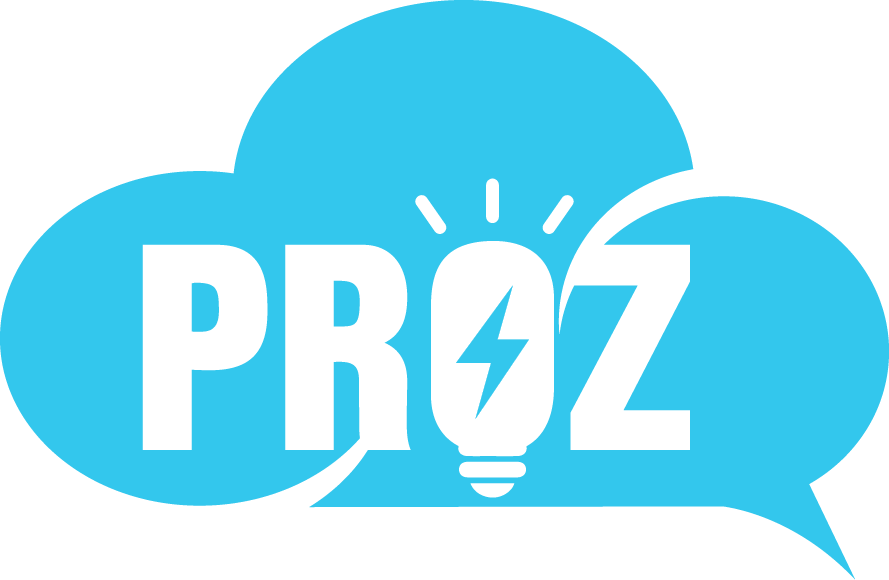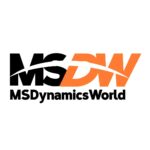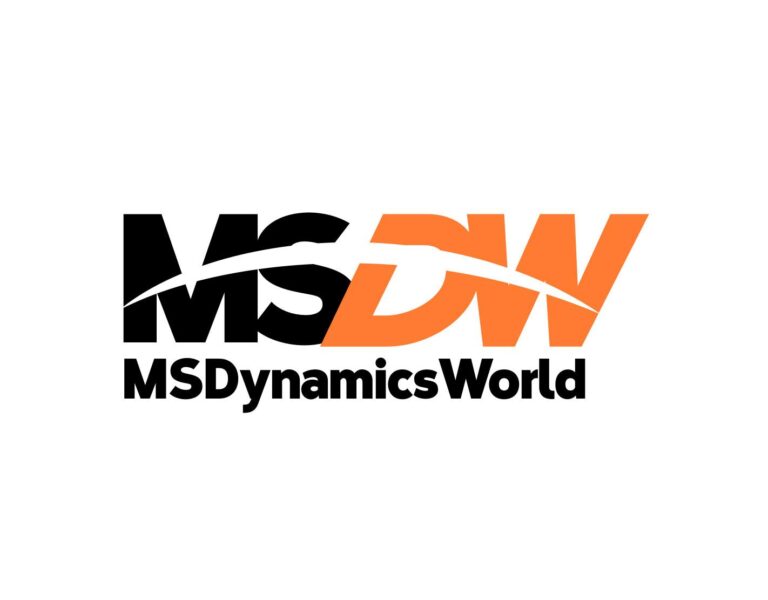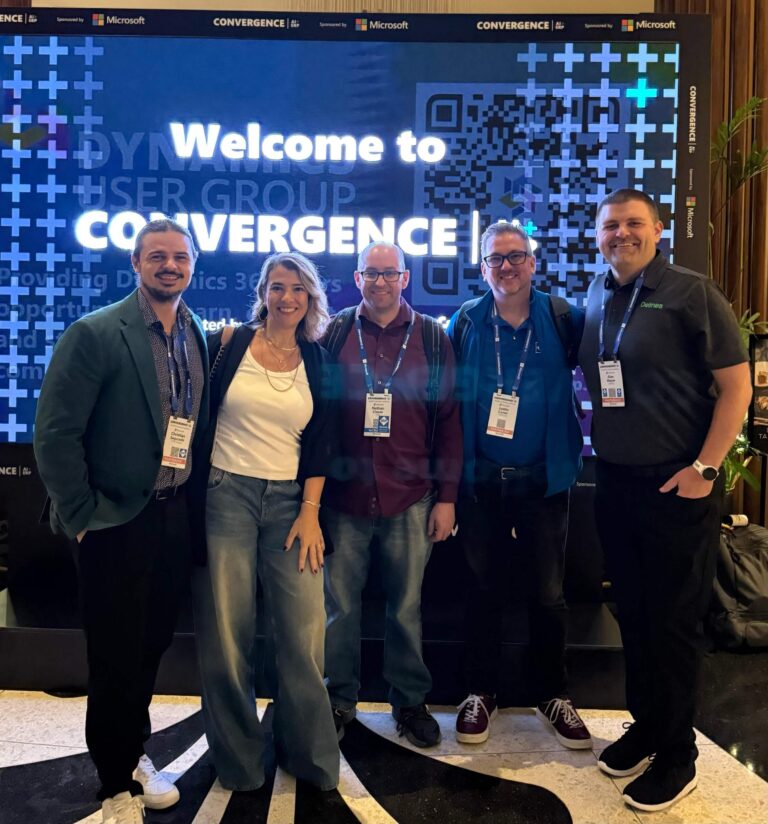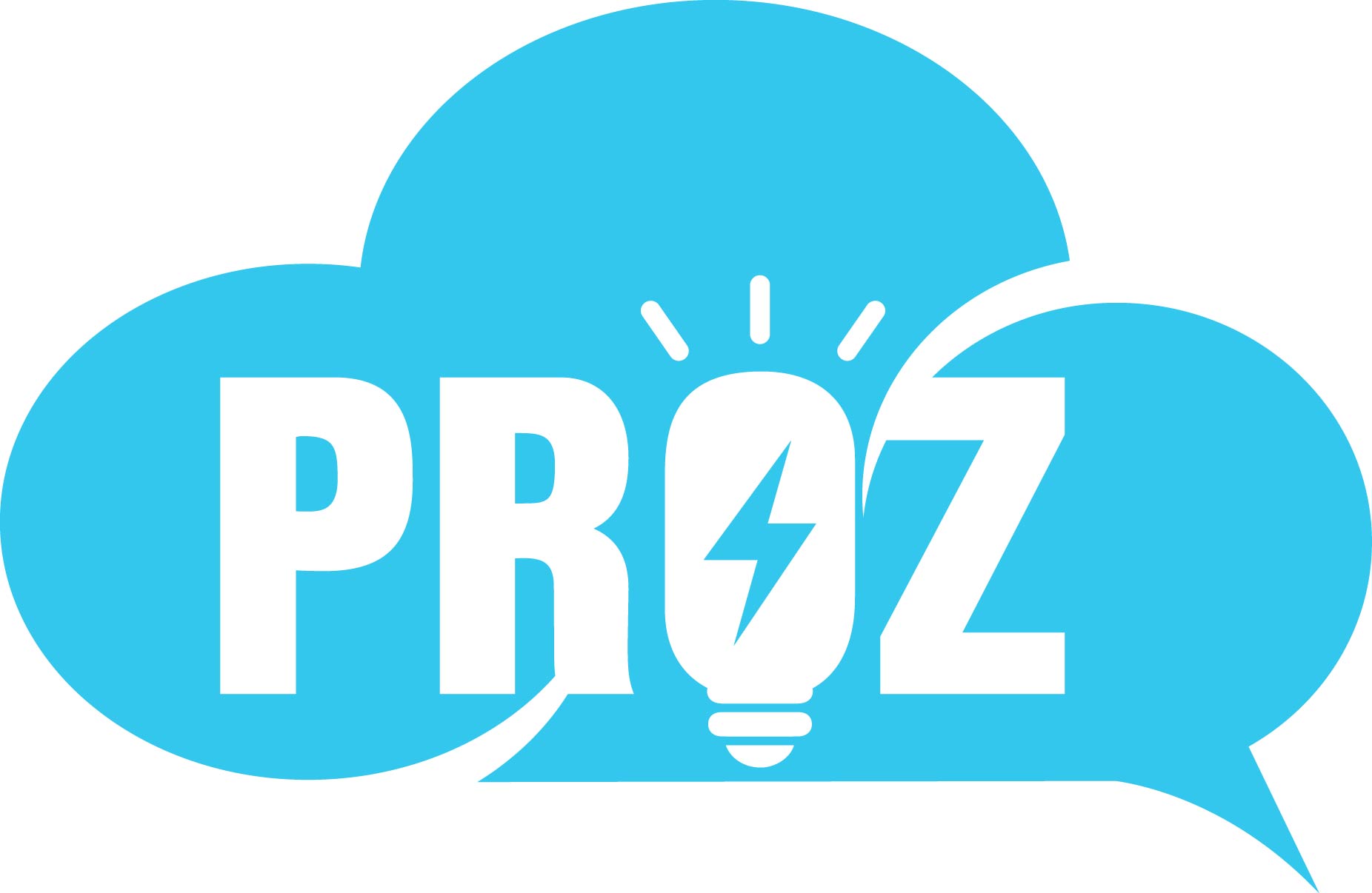You’ve probably seen them. The digital ads that pop up right when you Google something. Or the ones that slide into your feed like they’ve been reading your mind. It’s easy to scroll past them without thinking twice. But behind those little boxes of text and buttons is a powerful marketing engine working 24/7 to grab attention and influence results.
If you’re running a small and medium-sized business (SMB) or just getting started online, digital ads might seem like something only the big players can afford. But the truth is you don’t need a massive budget to make them work. You just need to know how the system plays out. That’s where this guide comes in. We’ll break it all down and help you decide if pay-per-click (PPC) marketing is the right move for your business.
What you’ll learn:
What is pay-per-click marketing?
Pay-per-click marketing, or PPC, is a type of online advertising where you only pay when someone clicks on your ad. It’s like renting a digital billboard, but instead of paying for views, you pay for clicks (or for someone to take action). That action could lead to a website visit, a product page view, or even a sale. You set the budget. You choose who sees the ad. And you only pay when someone’s interested enough to click.
What makes PPC so popular is how targeted and trackable it is. You get to pick who sees your ad based on what they search or what they’re into. You decide where it appears and how much you’re willing to spend. Plus, you can see exactly what’s working and tweak it in real time. That makes PPC a favorite for small businesses that want fast results, and clear numbers to back their spend.
Here are a few types of PPC ads you’ll likely come across:
- Search ads: These show up at the top of search results when someone types in a relevant keyword.
- Display ads: These are image or banner ads that appear on websites your audience is browsing.
- Shopping ads: These show your product image, price, and link directly on platforms like Google Shopping.
- Social media ads: Think Instagram, Facebook, or LinkedIn. You can run highly targeted campaigns based on user behavior.
- Remarketing ads: These reengage people who’ve visited your site before but didn’t take action.
Market your SMB with Salesforce AI
What is the difference between PPC, SEM, and SEO?
The world of digital marketing comes with a lot of buzzwords. And to be honest, they can sound pretty interchangeable at first. But once you get the hang of it, the differences are actually pretty straightforward.
Let’s break it down real quick:
- Pay-per-click advertising (PPC): You pay for clicks.
- Search engine marketing (SEM): Covers all search marketing, both paid and organic.
- Search engine optimization (SEO): You earn your spot in search results with helpful content and smart strategy.
PPC is a type of online advertising where you pay when someone clicks. It’s part of a bigger umbrella called search engine marketing (SEM). SEM includes both paid ads and any other strategies that help you show up on search engines. Think of SEM as the whole toolkit. PPC is just one of the power tools inside.
Search engine optimization (SEO) is different. You don’t pay for clicks with SEO. Instead, you optimize your website and content so that it ranks higher in search results naturally. It takes more time and consistency. But when done right, SEO can bring in traffic without ongoing ad spend.
How does PPC advertising work?
PPC might sound like it runs on magic. But in reality, it’s all about strategy and timing. It starts with something simple — a key word or keyword — the word or phrase someone types into a search engine when they want to find something. You pick the keywords you want your ad to show up for. Then, you tell the platform how much you’re willing to pay when someone clicks on it.
How to do effective keyword research for PPC campaigns
You can’t run a great PPC campaign without knowing what people are actually searching for. Good keyword research sets your campaign up for success and saves you from burning your budget without results. You have to understand your audience and find the exact phrases they’re typing into search bars — even the weirdly specific ones.
Start simple. Think about your product or service, and the problems it solves. Then use tools like Google Keyword Planner, Ubersuggest, or even the search bar itself to find real queries people are using. You’ll start to notice patterns. Some keywords are super popular (and expensive), while others are niche but highly targeted. If you’re willing to invest a bit more, paid tools like Semrush can give you deeper insights into your competitors and keyword gaps. The goal is to strike a balance. Here’s how you can get it right:
- Brainstorm core topics: List out what your business offers and what your ideal customer might search for.
- Use keyword tools: Plug those ideas into keyword research tools to find volume, competition, and cost-per-click (CPC) data.
- Find long-tail keywords: These are longer phrases that are more specific and usually cheaper to bid on.
- Group keywords by intent: Not every keyword means the person is ready to buy. Some are just researching. Know the difference.
- Filter out negatives: Add “negative keywords” to avoid wasting budget on irrelevant clicks (like people searching for reviews or free stuff).
But there’s a twist. It’s not just about money. When you run a PPC ad, you’re entering a digital auction. The search platform you’re using decides which ads show up based on your bid and how relevant your ad is. That means even if you don’t have the highest bid, you can still win the spot if your ad and landing page are a great match for what the person is searching for.
Here’s a quick look at how the process usually flows:
- Choose your keywords.
- Write a simple ad (usually a headline, description, and link).
- Set your budget and bidding strategy.
- Run your ad. The platform shows your ad to people searching for your keywords.
- Pay when someone clicks on it.
So, how does the payment side actually work? Most PPC platforms (like Google Ads) operate on a daily budget system. You set how much you’re willing to spend per day, and the platform spreads that across the month. You’re only charged when someone clicks on your ad — not when it’s shown. You can spend as little or as much as you want. There’s no minimum. Even $5 a day is fine if you’re just starting out. Want to spend more? That works, too.
As for billing, most platforms bill automatically after you hit a certain threshold or at the end of the month (whichever comes first). And yes, standard taxes may apply depending on your region and billing settings, but you’ll see those details when setting up your account.
Once it’s up and running, PPC advertising can run in the background while you focus on growing your business.
Why PPC marketing matters for growing businesses
When you’re running a small business, getting noticed can be tough. You don’t have time (or budget) to wait around and hope customers find you. People are out there searching for what you sell. And if they don’t find you, they’ll find someone else. That’s why PPC matters. It doesn’t wait for your business to grow organically. It gets you seen now, by the right people, right when they’re ready to click.
And it’s not just fast. It’s flexible. You don’t need a massive marketing team or a huge budget to get started. With PPC, you’re in control of where your money goes. You decide who sees your ad and when. You can test, tweak, and turn things off if they’re not working. It’s marketing that moves at your pace and grows with you.
Pros and cons of pay-per-click advertising
Like any marketing strategy, PPC isn’t perfect. It has its perks, but it also has its disadvantages. Here’s a quick look at both:
Pros of pay-per-click advertising:
- Fast results: You get instant visibility. No need to wait weeks or months.
- Precision targeting: You reach the right people at the right time.
- Budget control: You control your spend down to the last dollar.
- Measurable outcomes: You get clear data that shows what’s driving results.
Cons of pay-per-click advertising:
- Higher costs: It can get pricey if you’re in a competitive space.
- No guaranteed conversions: Clicks don’t always lead to sales.
- Ongoing management: You need to monitor and tweak regularly to stay effective.
- Temporary visibility: The moment you stop paying, the traffic stops too.
How to manage your PPC campaigns
Managing a PPC campaign isn’t a one-and-done deal. Once your ads are live, that’s just the beginning. What you do next — how you monitor, adjust, and improve — is what actually drives results. Here’s how to stay on top of your campaigns and make every click count.
Set clear goals from the start
Before diving into the numbers, define what success looks like for you. Are you aiming for more leads? Online sales? Brand awareness? The type of goal will shape how you structure your campaign and measure performance. Without goals, it’s easy to waste money chasing the wrong metrics.
Track performance using the right metrics
Clicks are nice, but they’re not everything. Make sure conversion tracking is set up in your ad platform and on your website. That’s how you measure real results, not just surface-level clicks.
- Click-through rate (CTR): Measures how often people click on your ad after seeing it. A higher CTR means your ad is grabbing attention.
- Conversion rate: Shows how many of those clicks turn into signups or purchases. This reflects how well your ad and landing page are working together.
- Cost per conversion: Indicates how much you’re spending to get one customer or action. It helps you track return on investment (ROI).
- Quality score: Google’s rating of your keyword relevance, ad copy, and landing page experience. It impacts your ad costs and rank.
Optimize ad copy and creative
Ads can go stale fast. If your performance dips, test new headlines, descriptions, or visuals (for display ads). Tweak your messaging based on what your audience responds to. Keep it action-focused and relevant to the keyword you’re targeting.
What can your small business do with marketing automation on
Salesforce CRM?


Adjust your bids and budget
Not all keywords deserve the same spend. Watch which ones are driving real results and consider raising your bids there. On the flip side, lower bids or pause keywords that are costing you without converting. Also, shift budget between campaigns based on performance. More dollars to what’s working, less to what’s not.
Refine keyword targeting
Pause keywords with low ROI and explore variations of your top performers. Also, keep building out your negative keyword list. That’s how you avoid paying for irrelevant clicks — like someone searching for “free templates” when you’re selling software.
Test landing pages
Even the best ad won’t help if your landing page doesn’t convert. A/B test different layouts, headlines, calls to action, or form lengths. Small changes can make a big impact on conversion rates. Make sure your page loads fast. It should look good on mobile and deliver what the ad promised.
Review campaigns weekly
Set aside time each week to review performance. Make tweaks and test new ideas. Look for trends and not just daily spikes. And always ask yourself: What can I improve based on the data I’m seeing?
What happens after the click matters just as much
Getting clicks is exciting. It means your ad worked. But what happens after someone visits your site or fills out a form is where the real magic (or mess) begins. And for a lot of small businesses, that next step isn’t always clear.
A customer relationship management (CRM) system helps you make sense of it all. It shows you who clicked on your ad, when they got in touch, what they looked at, and whether they’re just browsing or ready to buy. With a CRM, you don’t have to struggle with spreadsheets or dig through emails. Everything’s in one place, ready when you need it.
A CRM for SMB also helps you follow up in a way that feels personal, not pushy. Someone clicked on your ad about a product? Great. Now your CRM can remind you to send them a relevant offer, book a demo, or check in a week later. No leads get forgotten, and no opportunity is missed.
If you’re using paid ads to grow your business, you’re already investing in visibility. A CRM helps you protect that investment by turning traffic into conversations — and conversations into customers. And if there’s artificial intelligence (AI) in the mix? Even better. Some CRMs (like Starter Suite) can now score leads and even automate your follow-ups. So instead of more manual work, you actually get more time back.
Just get started.
No matter where you are on your journey as a small business owner, you can get started with Starter Suite — the all-in-one AI CRM your SMB needs.
Make every click count with Salesforce
Pay-per-click marketing opens doors. It puts your business in front of the right people at the right time. People who are searching, curious, and ready to take action. It’s a chance for you to be seen and grow — even without a massive budget or marketing team. You just need the right message and a smart way to deliver it.
Once someone visits your site or fills out a form, you need a way to keep that momentum going. You need to follow up, stay connected, and turn that interest into something real. Salesforce helps you do exactly that. It keeps everything in one place, so you never miss a beat.
So why not start strong? Begin your journey with the Starter Suite today. Looking for more customization? Explore Pro Suite. Already a Salesforce customer? Activate Foundations and try out Agentforce today.
AI supported the writers and editors of this article.
